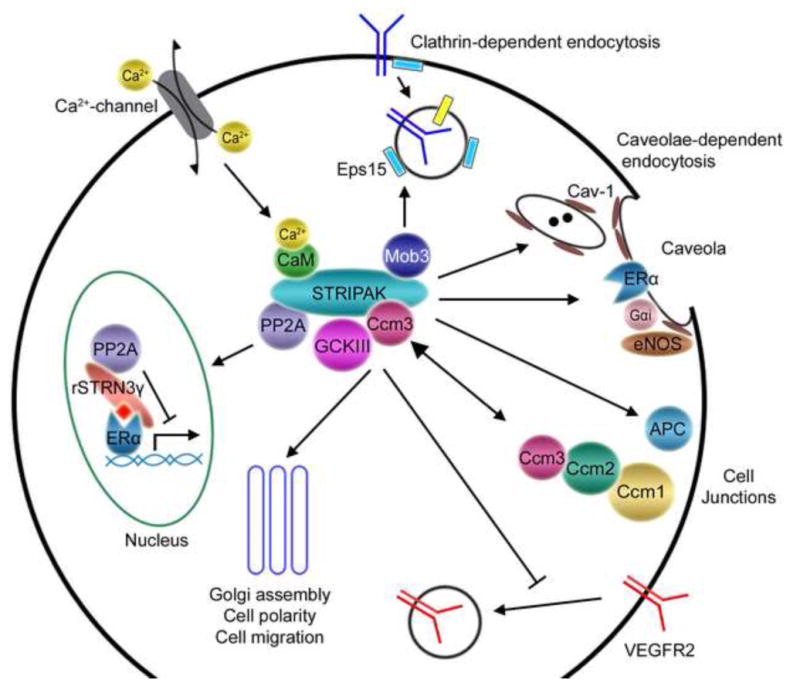Fig. 2. Model of the STRIPAK complex in signaling pathways.

The core STRIPAK complex is depicted in the center of the diagram with some of the STRIPAK components that are thought to mediate several functions of the STRIPAK complex. Other STRIPAK components are omitted for simplicity of the figure. Some of the known or potential connections of STRIPAK components to signaling pathways and cellular events are depicted by arrows and described below starting with clathrin-dependent endocytosis and proceeding clockwise around the depicted cell. First, through Mob3 the STRIPAK complex may associate with components of clathrin-dependent endocytosis (for example, Eps15) and function in this process. Second, the STRIPAK complex might also function in caveolae-dependent endocytosis by interacting with Cav-1. Third, striatin targets ERα to membranes, probably caveolae, and forms a STRIPAK-like complex containing ERα, Gαi, and eNOS to regulate rapid nongenomic ERα signaling. Fourth, striatin binds APC and regulates organization of TJs. Fifth, Ccm3 forms dynamic complexes with either STRIPAK or other Ccm proteins to regulate GCKIII activity and function and cell junction stability. Sixth, Ccm3 stabilizes VEGFR2 on the cell surface by inhibiting its internalization. Seventh, GCKIII kinases, Ccm3, and STRIPAK function in Golgi assembly, cell polarity, and cell migration. Eighth, rat STRN3γ and PP2A modulate ERα-mediated transcriptional activity in nucleus. Ninth, the STRIPAK complex is predicted to be involved in Ca2+ signaling by binding to Ca2+-CaM through the Ca2+-CaM-binding domain, thus responding to changing Ca2+ concentrations in cells. While only changes in Ca2+ concentrations due to influx of extracellular calcium are indicated as an example, Ca2+ concentration changes resulting from release of intracellular calcium such as in response to inositol trisphosphate production might also regulate STRIPAK function.
